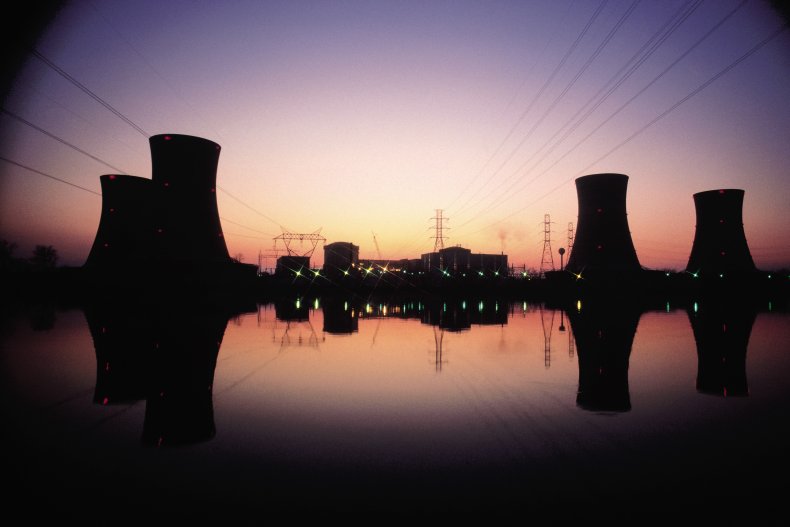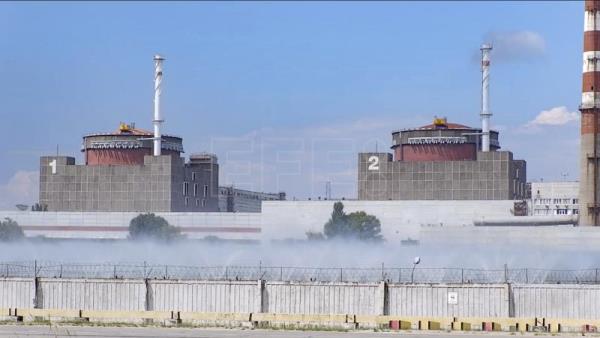The Zaporizhzhia nuclear power plant in Ukraine, Europe’s largest, currently lies in the middle of a war zone.
Russian troops seized the plant shortly after the invasion of Ukraine began in February.
Since then, it has been a battleground between the two forces.
Shelling and combat continue near the plant and concerns are growing that it could cause a nuclear disaster.
On September 3, the International Atomic Energy Agency (IAEA) confirmed in a statement that the site lost its fourth and last main power line due to the conflict. The site is now relying on a reserve power line.
“One reactor is still operating and producing electricity both for cooling and other essential safety functions at the site and for households, factories and others through the grid,” the IAEA said.
Nuclear power plants, if well-designed, are usually safe. However, war can change everything. Military action around the nuclear plant presents a multitude of potentially disastrous scenarios.
The safety of the Zaporizhzhia power plant has particular poignancy due to Ukraine already suffering the world’s worst nuclear disaster, at Chornobyl in 1986.
So, what could actually go wrong at Zaporizhzhia? And how likely is it to occur?

What could go wrong?
Paul Norman, director of the Birmingham Centre for Nuclear Education and Research and professor of nuclear physics and nuclear energy at the University of Birmingham, told Newsweek that “there are many different possibilities.”
“Mostly fairly unlikely to cause an issue, but there is of course still a small probability of these things happening. A nuclear incident is one where radioactive material is released. So the first thing to consider is to look at where radioactive material is held. This can obviously be the reactor itself, but also spent fuel pools and waste stores. Any fresh fuel areas are of less concern,” Norman said.
First, a physical breach in the plant’s reactors, caused by an artillery strike, could occur.
This could damage the barriers that keep the radioactive material concealed.
However, this may not be a “major concern” as the reactor buildings are thick and built to withstand earthquakes and explosions.
“Inside each of those buildings, every reactor has a pressure vessel that is just under one foot thick of steel. Nothing is indestructible, and sufficiently powerful and sustained attacks would likely break through eventually—but these are formidable barriers. The waste is also well stored in very sturdy containers,” Norman said.
A scenario “of more concern” would be a loss of cooling caused by a lack of electrical power.
Norman said that if the reserve power line currently in use fails, the plant would fall back to diesel generators.
“There are a number of these and they should provide sufficient power. But if for some strange reason, those were also knocked out, or ran out of fuel, the total loss of electrical power would stop coolant systems from functioning—potentially making a meltdown possible. In this scenario, a reactor would be shut down and only generate an order of 1% of its normal power,” he said.
This scenario would be similar to that of the world’s second-worst nuclear disaster at the Fukushima plant in 2011, where a tsunami and earthquake caused systems in three reactors to fail and the cores to overheat.
“In the Fukushima incident, it happened because those backup generators were wiped out by the huge tsunami water wave (so, as I say, the diesel would need to also be wiped out by some other means for this to even happen). So these various possibilities remain (currently) still very unlikely to occur,” Norman said. “However, they are not completely impossible and the loss of the site’s final main power line—falling back to the reserve line over the weekend—was certainly a step in the wrong direction.”
Source: Newsweek







Recent Comments